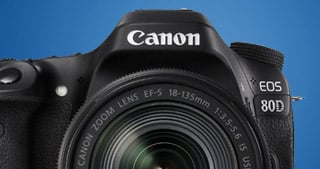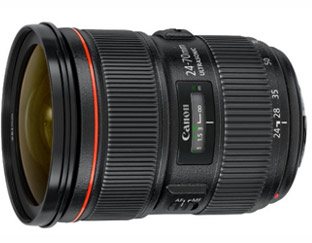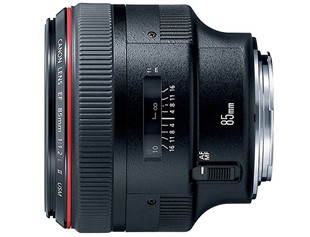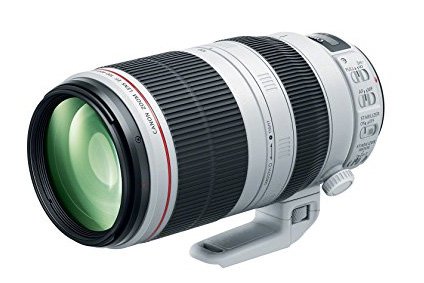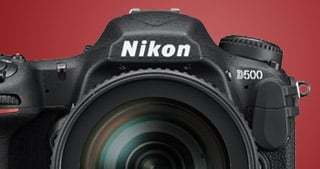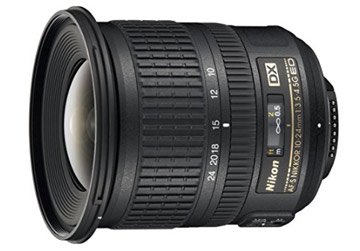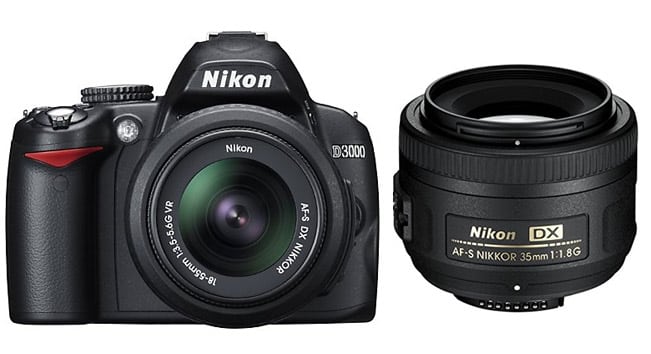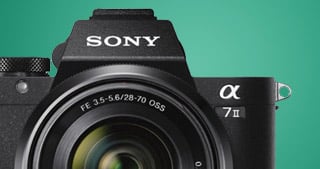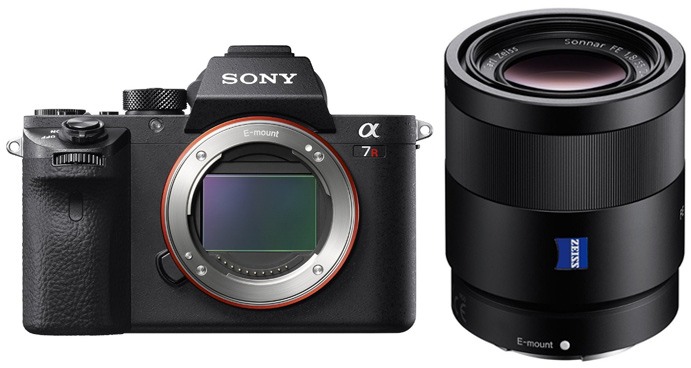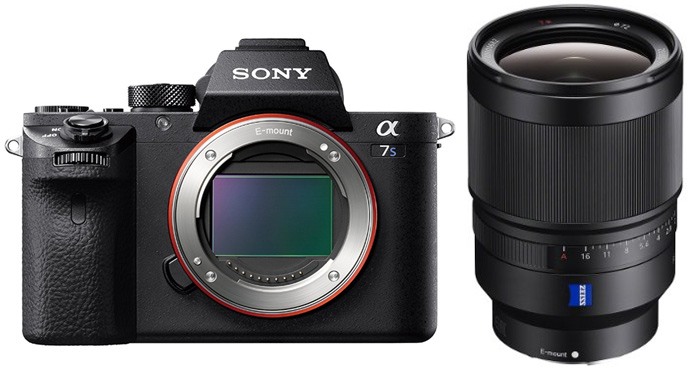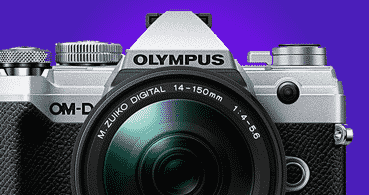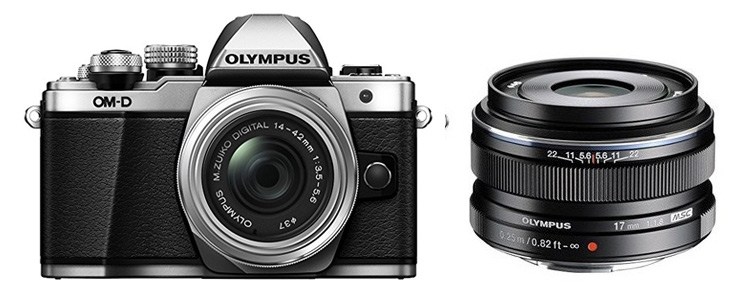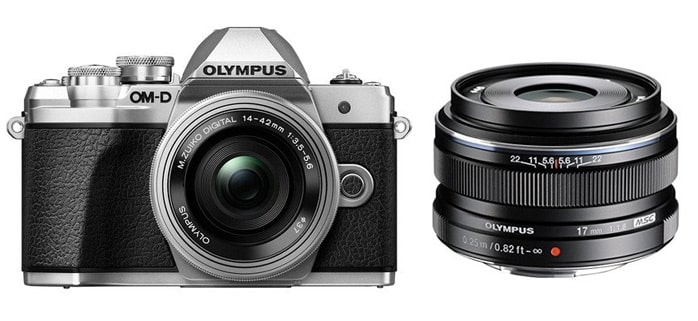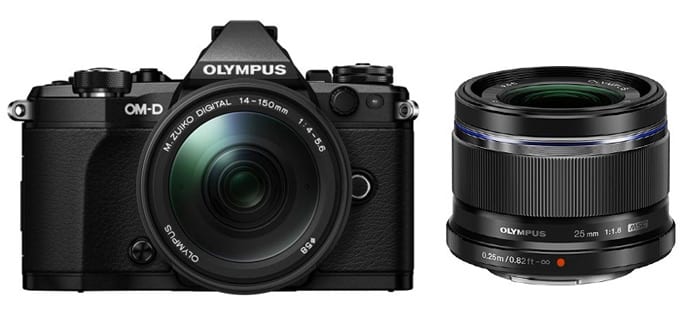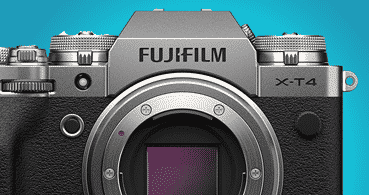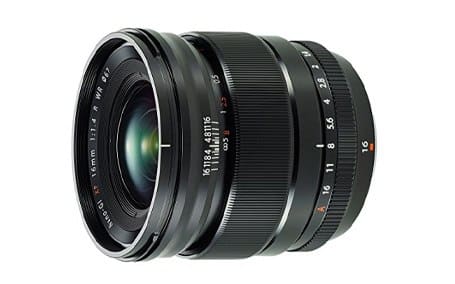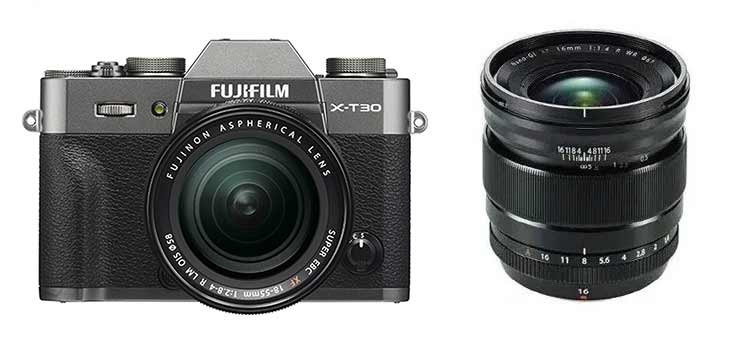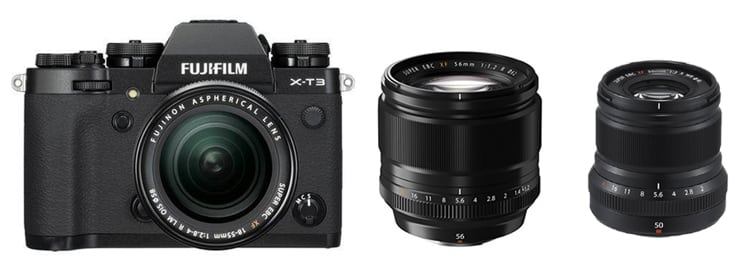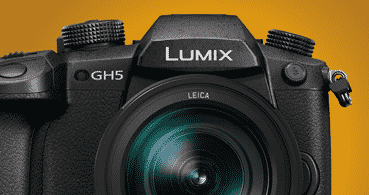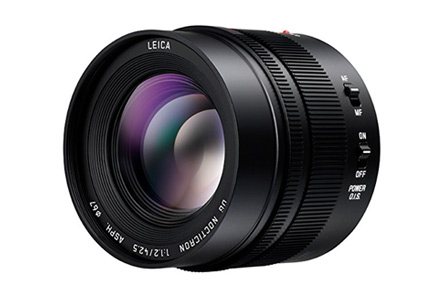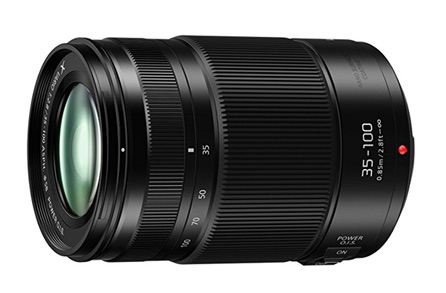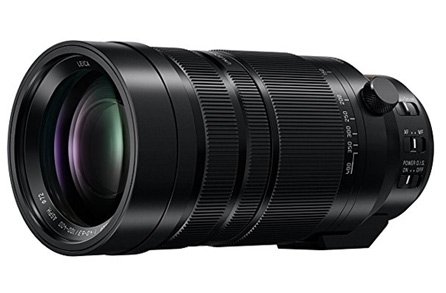Best Lenses for DSLR & Mirrorless Cameras
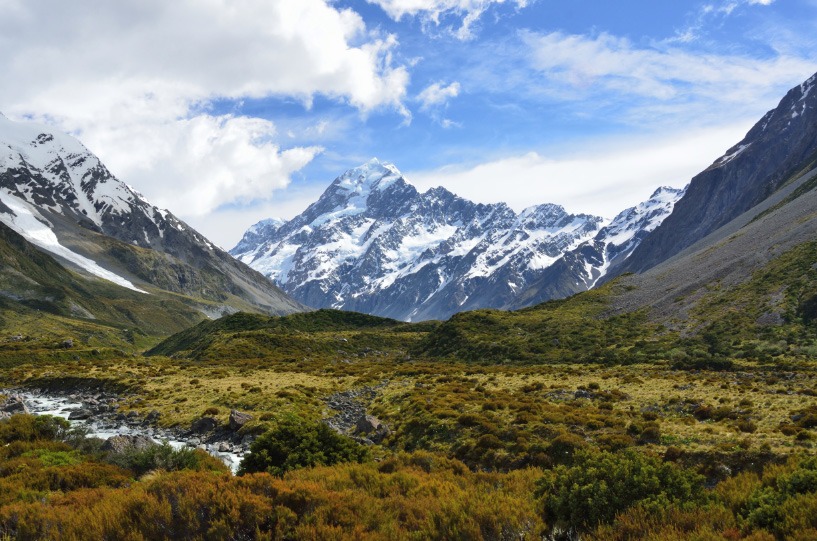
Curious about how to find the best camera lenses?
This article ‘focuses’ on the fun part of using a DSLR or Mirrorless camera, which is being able to switch out the lens. Thus, giving you more control over your images.
If you’re looking for a deeper dive, we have a compressive camera lens guide that explains the different types of camera lenses as well as what you need to know before you buy a lens. Or check out this article on the technical explanation for how a camera lens works.
What kind of Camera Lens Should I Buy?
In order to understand what camera lens you should buy for your your camera we’ll first explain the different camera lenses types you’ll come across. It can get more complicated than this but for now we’ll break it up into the following 5 types of camera lenses:
The categories listed above have to do with the focal length of lens, which we’ll talk more about later on.
The other aspect of a lens you’ll want to understand is whether the focal range is variable (aka: a Zoom Lens) or fixed (aka: a Prime Lens):
If you decide to click on our links to buy anything from Amazon or B&H, you automatically support us as we receive a commission and it’s what allows us to continue writing our guides.
Choosing your Focal Length
Ever wondered what is the difference between wide angle vs telephoto lenses?
Focal length is the name we use to tell how wide or long a lens can “see”. This is the first distinguishing characteristic of a lens. You’ll see that the focal length is marked in millimeters.
A good way to think of it is the greater the number, the further it ‘sees’. You will see numbers like Canon 50mm, or even Sony 24-70mm (meaning it can go from 24mm to 70mm by zooming).
Most photography happens in the Standard or Normal range. Though there is some overlap into the wide angle and telephoto ranges.
When Would You Want a Wide-Angle Lens?
- Capture Landscapes
- Big Environments
- Large Group Shots
- Indoors, such as real estate photography
A wide-angle lens is great for basically anywhere you’d want to capture as much of the scene as possible.
When Would You Want a Standard Lens?
- Portrait Photography
- Weddings and Events
- Product Shots
- Street Photography
- For Traveling
- Everyday Moments
- Just About Anything
Standard lenses are closely aligned with what our eyes see, in terms of distance and viewing angle. So they are also commonly called “Normal Lenses”.
When Would You Want a Telephoto Lens?
- For Far Way Subject
- Sports Photography
- Close Up Images of Wildlife
- Triathlons and Races
- Concerts and Events
- Birding Photography
- Portraits (or when you want a blurred background)
With each of these types of photography having a telephoto lens is a must.
Which is Better, a Telephoto or a Zoom lens?
Notice that we’ve been very careful in this section not to use the word “Zoom” yet. That’s because Zoom and Telephoto are NOT the same thing. Although many people casually use these terms interchangeably.
Knowing that Telephoto and Zoom lenses are not exactly the same thing will help when you’re looking at the difference between camera lenses, since they are referring to different things.
The term Telephoto really is just referring to a lens that has a ‘long reach’. This typically translates to something longer than 70mm. Where as a Zoom means a lens that can achieve a range of focal lengths.
When Would You Want a Macro Lens?
- Extreme Close-ups
- Jewelry Product Photography
- Flower Detail Shots
- Insects and Bugs
- Water Droplets
- Up Close Portraits
When buying a macro lens, there’s one thing you never have to worry about and that’s sharpness. We couldn’t find a single true macro lens that would be bad and that includes a ton of third-party options as well.
When Would You Want a Super Zoom Lens?
- All-in-one Travel Lens
- General Purpose Photography
- Nature Photography when Hiking
- Wildlife Photography
Since the lens has to have so many elements in it to give you such a wide range there are some image quality trade-offs.
Prime and Zoom Lenses Explained
Zoom/Variable: Focal length can be changed by twisting the zoom ring on the lens. For example, Nikon 24-70mm or Canon 75-300mm is what the name would look like. You can go from 24 to 70mm (and any number in between) by simply twisting the zoom ring.
Prime/Fixed: The lens is always at one focal length, you can never change it. For example, Sony 50mm or Canon 85mm is what the name would look like.
Both Zooms and Primes are great. In fact, most photographers have a combination of both.
Primes are more common among professional photographers since they usually are sharper and have larger maximum apertures.
While a Zoom lets you get close to your subject without intruding and makes it much easier to quickly frame a shot.
A popular setup is to have one Zoom that can cover the basic ranges (like 18-55mm, or 18-135mm) and then a Prime lens somewhere in that range, for when you want better quality.
Zoom Lenses Are Great If…
- You are new to photography and aren’t sure what focal range you want
- You are traveling and don’t want to carry too much with you
- You prefer the ease of ‘zooming’ in and out rather than having to move around to frame your shot
- There’s a risk of damage to your gear from having to change lenses in bad weather/conditions
Prime Lenses Are Great If…
- You are looking for the best image quality
- You have a go to focal range that you use all the time
- For traveling you want a really lightweight compact lens
- You want the best value for image results compared to price
How Do I Know if a Lens Will Work with My Camera?
Lens Mount Compatibility
When determining the compatibility of a lens with your camera usually the first thing you need to do is determine what kind of lens mount your camera uses.
This starts with knowing if you have a Full Frame sensor camera or a Crop Sensor (APS-C) camera. If you’re not familiar with the what Canon APS-C means our sister site, Smashing Camera, has a great explanation of the details and how it affects your photographs.
With some brands, like Nikon and Sony, the physical attachment of the lens will work on both Full Frame and APS-C cameras. However, lenses are still designed for these different sensor types.
For example, a Nikon DX lens (meaning it’s made for an APS-C camera) and a Nikon FX lens (meaning it’s made for a Full Frame Camera) will both fit on a Full Frame Nikon Camera. This is because they both use the physical Nikon F-Lens Mount.
Although if you put a DX lens on a Nikon camera with a Full Frame sensor you’re going to get vignetting around the edges of the image.
Our best lens guides below help make it easy to narrow down your selection to the best lens for a particular camera model or type of photography.
If you’re not familiar with what to look for when picking the right camera lens for your camera here are a couple reminders of what you should pay attention to.
Right up front let me say that cost is a pretty good indicator of quality.
Now this doesn’t mean that you always have to select the most expensive lenses. However, the cheapest ones will tend to give you ‘cheap results’.
Still have Questions about the Best Lens to Buy?
We feel like these three things are the most important aspects to understand when selecting a lens but there are a lot more features you’ll come across in your lens search.
Each one of our lens guides go into more depth about why you would or wouldn’t want a particular lens.
Don’t feel like you need to spend hours searching, just ASK US! We know right were the answers are within our lens guides. And if we haven’t already covered something in one of our posts we are happy to do the research for you. Just click through to our Buying Advice contact form.
How Much is a Camera Lens Going to Cost Me?
On a very general level camera lenses range from about $50 to $5000 for a single lens. Although the majority of lenses that people buy are around the these three ranges: $150 lenses, $500 lenses, and $1000 lenses.
This doesn’t mean that a $1000 lens is automatically better than a $500 lens. You really need to figure out what you want out of your lens and then get a feel for that price range.
In order to get into a price range for camera lenses you really need to narrow down the set of lenses you’re looking at. Otherwise you’re going to have a really wide price range and options that will be hard to evaluate.
We created a free printable to help narrow down the key features for the some of the most popular types of photography. We also give you a price range so if you come across a lens you’re interested in you can see if it’s in the ballpark.
Summary
With so many different aspects of photography as well as camera equipment options it may feel a bit overwhelming at first. So we suggest starting with the question, ‘What type of photography am I interested in?’
From there, if you need some help figuring it out we are happy to help.
Ultimately the most important thing with photography is to just enjoy it!
CAMERA LENS HUB
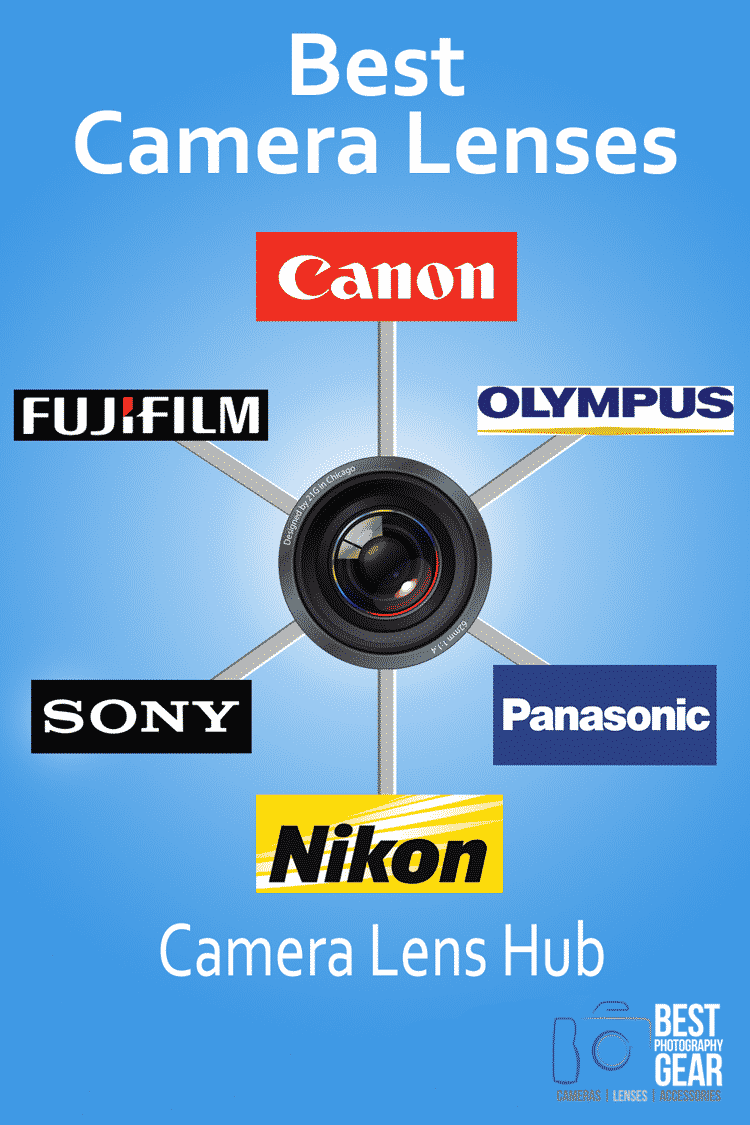
Welcome to the web’s best Camera Lens Hub!
Our objective is to make it as easy as possible for you to find the perfect lens for your camera.
Explore the top camera lenses by price, photography type, or camera model. We also have complete lens lists for the top lens brands available.
Also take a look at our lists of the best lenses for specific DSLR and Mirrorless cameras or what we recommend for lenses for the most popular types of photography, such as sports, portraits, landscape and more!
Unsure of what camera lens you should buy? Or want to confirm if a lens will be compatible with your camera? Then feel free to ask us for Free Photography Gear Advice.
If you’re trying to understand what to buy we also have a practical guide to explain the different types of camera lenses as well as what you need to know before you buy a lens.
How can we claim to be the best camera lens hub on the web?
Don’t get us wrong, there are a lot of great sites out there that have really good information. But often they are hard to navigate or so full of ads that you spend most of your time closing pop-ups.
We start with a curated list of 750+ lenses from over 20 years and then do the filtering and sorting into useful groups for you to explore. Then for the lenses that we feel really stand out or fit a particular niche well we provide you with a more in-depth review to help you decide what will be the best fit for you.
We’re also committed to continuous improvement so if you have a question or suggestion just let us know.
For a complete guide to understanding what lens to buy you can read our article to learn more about what the different lens terms mean and how to select a lens for your favorite type of photography.

